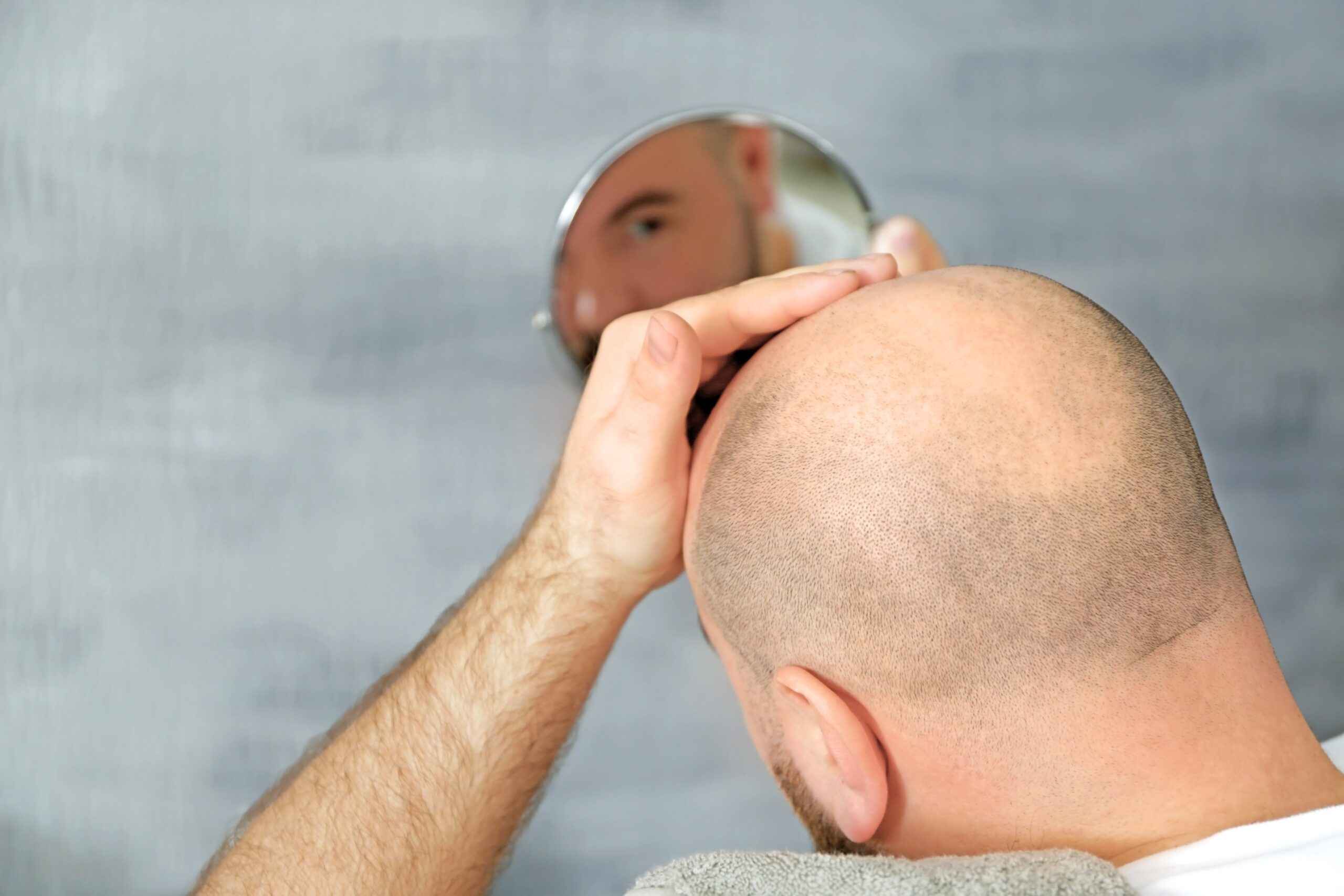Working Time
-
Mon - Sat :
10:00am - 01:00pm
05:00pm - 08:00pm
Contact Info
-
Phone: 7624008000
- recombhtc@gmail.com
Temple Creation Hair Transplant

Hair Transplant for Receding Temple Points
Hair transplantation has transformed cosmetic medicine, providing a surgical solution to millions dealing with hair loss. Here, we explore temple hair restoration through hair transplants.
Before the Hair Transplant
Hair loss patterns differ among individuals, but the temples are a common area affected. Thinning or balding in these regions can drastically change one’s appearance, often making one look older and affecting self-confidence.
Before a hair transplant, consultations include thorough evaluations of the temple areas. As the temples frame the face, they are assessed for recession and thinning. Important factors considered during these evaluations include the extent of hair loss, the quality of the remaining hair, and the condition of the donor site. The goal is to develop a comprehensive plan that ensures a balanced and natural look.
It's crucial to recognize that everyone has unique hair characteristics and growth patterns. Understanding these patterns in the temple areas allows for a personalized transplant plan that meets individual needs and sets realistic expectations for the surgery.
After the Hair Transplant
Post-transplant, the focus shifts to healing and hair growth. The temple areas are particularly important due to their visibility. Achieving a natural look in these regions can greatly enhance overall satisfaction with the procedure.
In the temple area, the angle, direction, and distribution of the transplanted hair are crucial for achieving a natural appearance. The hair here grows at sharp angles and in specific patterns. A successful transplant replicates these patterns, creating a soft, feathered hairline that blends seamlessly with the existing hair.
The transplanted hair typically begins to grow three to four months post-surgery, with full results appearing around the one-year mark. It’s important to remember that results can vary based on individual healing rates, the quality of the donor hair, and adherence to post-operative care instructions.
Conclusion
Addressing the temples during a hair transplant is a delicate process requiring surgical precision, artistic skill, and a deep understanding of individual hair growth patterns. Before the surgery, a detailed evaluation determines the extent of hair loss and the best approach to restore these areas.
Patience is essential in this journey. Full results take time to manifest, and during this period, caring for the scalp and following the surgeon’s instructions can greatly impact the outcome.
Lastly, setting realistic expectations is crucial. While a hair transplant can significantly improve the appearance of the temples, it may not fully restore the original hair density. The aim is to use the available donor hair effectively to create a balanced, natural look that enhances the individual’s overall appearance and confidence.


